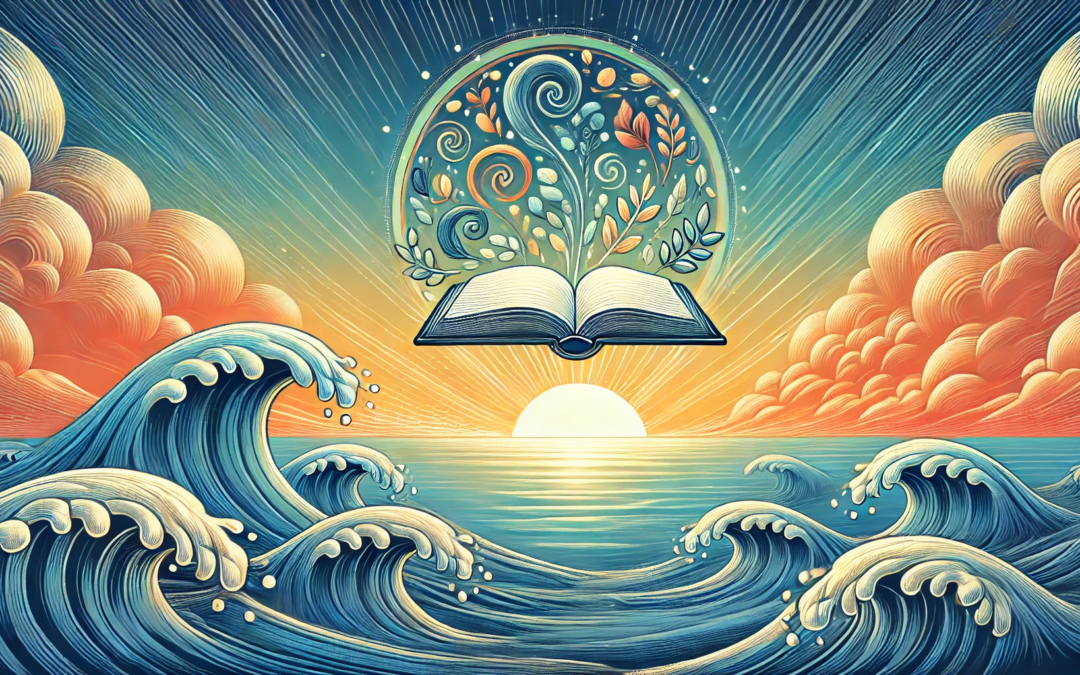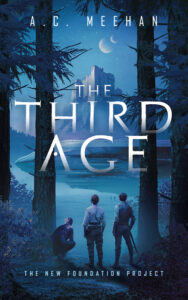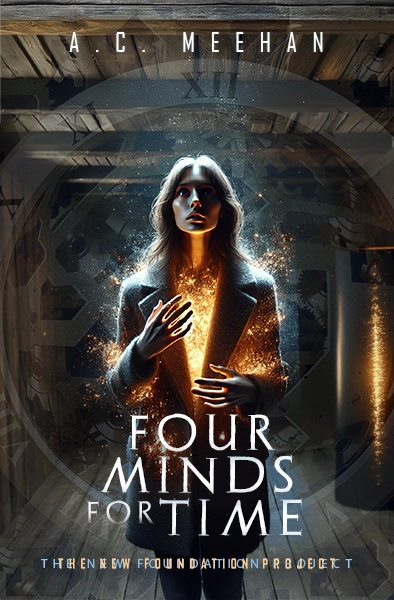My favorite authors, across genres, tend to write full-bodied prose that incorporates a range of descriptive techniques. I recently finished reading The Name of the Wind by Patrick Rothfuss, and I thoroughly enjoyed his deft descriptions. In that sort of book, I like to read slowly and savor the language as the images build, and I find the pleasure often comes from the way the author presents the details.
In the old standardized tests, I loved the part where you had to complete analogies. “A word is to a sentence as a ___ is to a melody.” (That activity is right at the sweet spot between language and logic and I’ve always enjoyed that.) There’s a little bit of a tangle with the overlapping meanings of the words metaphor, simile, and analogy, and I’ve seen various references nesting them in different orders. One explanation I like, from Copyblogger: “A metaphor is a figure of speech that uses one thing to mean another and makes a comparison between the two. A simile compares two different things in order to create a new meaning.” But then we get “An analogy is comparable to metaphor and simile in that it shows how two different things are similar, but it’s a bit more complex.” The complexity is that “[r]ather than a figure of speech, an analogy is more of a logical argument.” All three are about using comparison to create layered meaning—using a second concept to enrich understanding of the first.
If you’ve read my books or blog posts, you’ve probably noticed that I fall into metaphor quite easily. I don’t just use metaphor. I fall into it, and I hope that putting it that way conveys unintentional and submergence. The reader can pick the metaphor she likes—falling into a body of water, or a trance, or love. (For me, language is a sea, and it’s easy to fall overboard—but the water’s great!) I like using metaphors and similes because they expand the descriptive possibilities so dramatically.
Similes are like extended adjectives
Done right, similes enrich the reader’s understanding by creating another point of entry or illuminating the subject from another angle. This can be especially helpful when the subject is something intangible or unfamiliar, or when a comparison creates a reference point. It’s the impulse that leads to “hail the size of golf balls”—for most people, that’s easier to visualize than “hail with a 1.68-inch diameter.” Either of those is more evocative than a single adjective could be. “The hailstones were big” works, but using a few more words gives the image far more power.
Done wrong, similes can be a distraction or worse. In a creative writing workshop in college, one of my stories included a misplaced simile. The narrator, a teenage girl, observed the way the preacher used his hands to emphasize his points during a sermon, and she likened it to salmon leaping upstream. I was picturing his pale hands like the fish, and the sleeves of his robe like dark water. As I recall it, one of my classmates wrote in her notes to me, “Why are we talking about salmon right now?” I suppose if the narrator were a fisherman, I’d have had a better defense. I’ve tried, since then, to make sure that the similes and metaphors I choose are in keeping with the scene or the characters’ personalities.
Similes can also be less explicit. A beautiful example from Rothfuss: “Old Cob tucked away his bowl of stew with the predatory efficiency of a lifetime bachelor.” There’s a hidden “like” in there. Cob may or may not be a bachelor, but he eats like one. Rothfuss could have written, “Old Cob barely took time to swallow between bites,” and the reader would have a clear picture. But “predatory efficiency” adds distinct flavor and creates a deeper impression by incorporating an additional concept (the social element). Certainly “predatory efficiency” calls to mind something different than “robotic efficiency” or “impatient efficiency.” And while there’s no reason to touch on Cob’s marital status here, it’s apt because Cob is eating with a group of men in a remote tavern, so the social aspect of the scene is already in the forefront of the reader’s mind.
Association is the heart of metaphor
Similes can also be implied, in some cases expressed only through the choice of single word. From that word, we extrapolate. I’d argue that extrapolated similes are the heart of metaphor. For example, “patchwork fields” is a common, metaphoric description that relies on an underlying comparison. We don’t consciously parse this as “the fields are like a quilt,” but using patchwork only resonates because of the reference simile. Many cliches live in this space, and the reason they work is because they connect familiar concepts in a way that creates a vivid image. (Here’s a piece I wrote about cliches some years ago.)
In other instances, words that draw on associations strengthen descriptive prose, with no need for the simile at all. When someone is described as “scurrying” rather than “walking quickly and nervously,” part of the reason it’s effective is because “scurry” is so strongly associated with mice. That dynamic is behind the guidance to use “strong verbs”—such verbs trigger a robust image with one word, often by tapping into the association. We don’t have to say, “moved like a mouse” because the overtones of “scurry” take the place of the simile altogether. In cases like this, the verb works both by definition (“move hurriedly with short quick steps”) and by the tacit connection to a strong mental image.
Additives bring out the flavor
To complete the descriptive prose toolkit, we have adjectives and adverbs. I like to think of them as the “additives” for description, and they work like any seasoning. You can prepare a healthy and even tasty dish without salt or spice, but adding a pinch or two brings out the flavor.
For the record, I want to say that I am not part of the anti-adverb club. Adverbs exist because they fulfill a need in English, and to my way of thinking, that makes them a perfectly valid tool. In our language, there are almost always multiple ways to express something, and style comes from the choices we make. Adverbs aren’t inherently wrong. They describe “how, when, where, or to what degree something happens or exists,” and those qualifiers are often critical to meaning. In some cases, a precise word that incorporates the adverbial flavor exists, but may be too far afield to use—even for word nerds.
Adjectives are less maligned, but I know many writing instructors counsel a light touch because it’s easy to overdo the seasoning. Finding one perfect word is a joy, but I often reach for multiple adjectives to capture a nuance. It’s a pincher movement, with the essence in the middle. For instance, in The Third Age, I wrote: “Even in a casual moment like this, he was composed and commanding.” I wanted to convey a specific aspect of the captain’s dignity and his authoritative presence, and the alliterative adjectives gave me a way to get that across more artfully than with a more direct adjective like “assured.” I occasionally use paired descriptions that aren’t needed for meaning, too—I get swept away by the rhythm of the prose. That’s another element of style, though, so I justify it that way.
Looking through my notes on the books I’ve read, I notice that I frequently comment on the descriptive aspects of the prose. Sometimes I jot down that I liked the writing style but not other aspects of the story, and then I’m undecided about whether to read the next book in the series or something else by that author. (If I flat-out don’t like the writing, it’s a lot less of a dilemma.) It’s not that I always want dense prose or lyrical phrasing. There are times when a streamlined style is better, for style or effect. In any genre, in any kind of story, I want to be able to envision a scene and connect to it emotionally, and thoughtful, nuanced descriptions help me do that.
In addition to Rothfuss (high fantasy), other recent reads that prove the point for me are Ordinary Grace by William Kent Krueger and The Lincoln Highway by Amor Towles (literary); The Land Beyond the Sea by Sharon Kay Penman (historical fiction); and The Skystone by Jack Whyte (Arthurian/historical fantasy).




